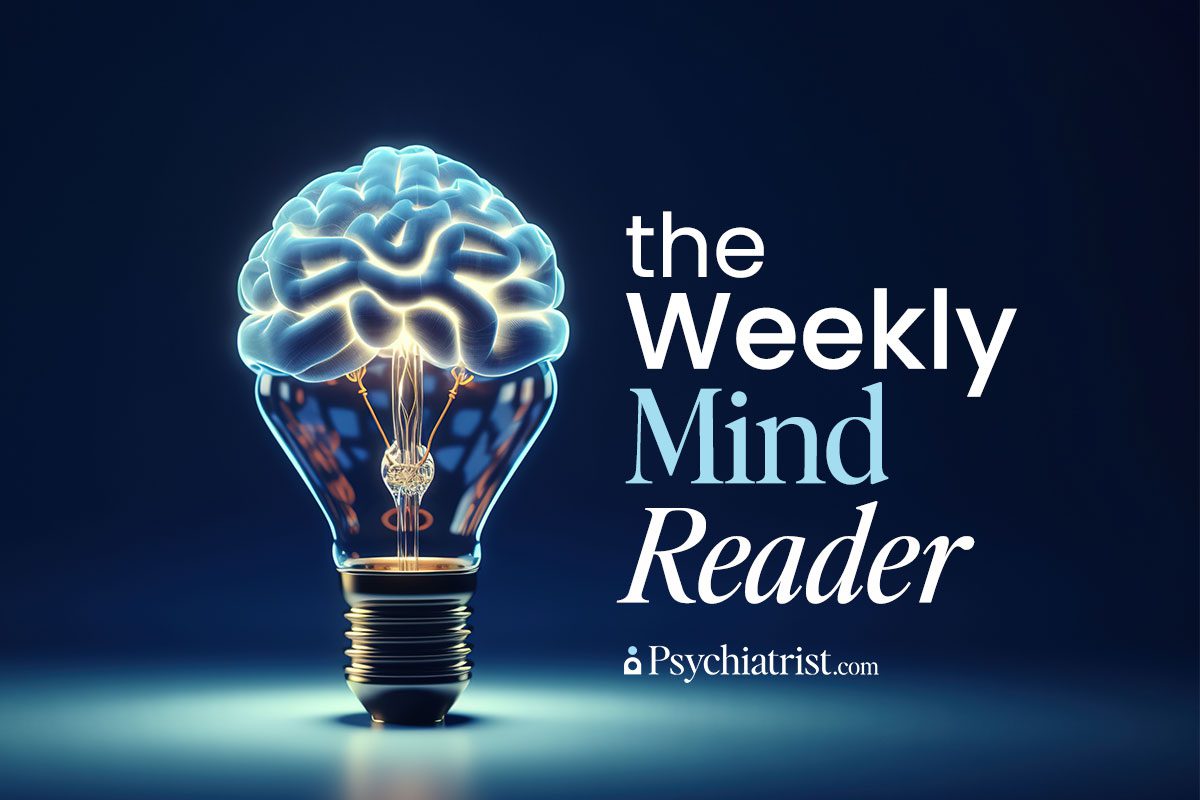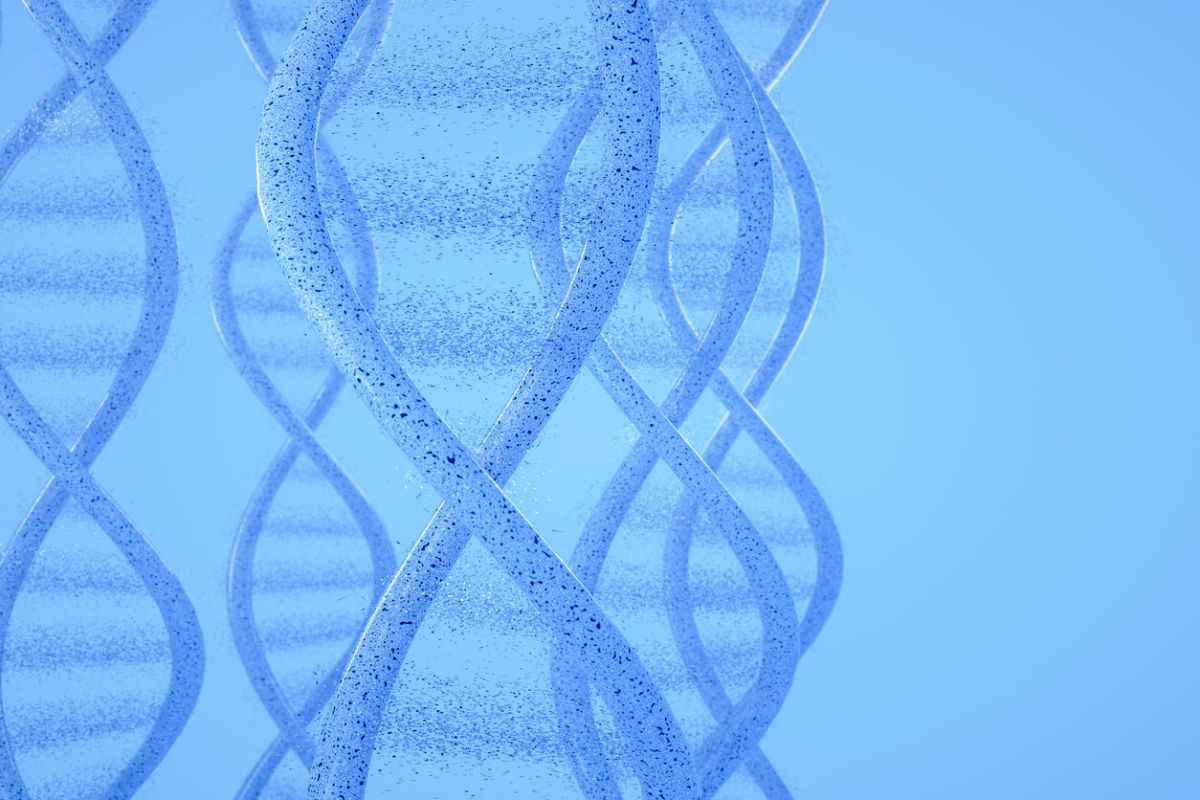Treatment for people with schizophrenia is on the cusp of a new era. After a decades-long holding pattern, Leslie Citrome, MD, MPH, a clinical professor in the department of psychiatry and behavioral sciences at New York Medical College in Valhalla, NY, said there are some promising new developments in the pipeline.
“I’m really excited about two new ways of treating people with schizophrenia,” Citrome told Psychiatrist.com. “They do not involve blocking postsynaptic dopamine D2 receptors in the striatum. That’s how all antipsychotics for the past 70 years have essentially worked.”
Why LAIAs Are So Important in Schizophrenia Treatment
Lumateperone for the Treatment of Schizophrenia
Sublingual Dexmedetomidine for Treatment of Acute Agitation in Schizophrenia
Traditional Treatments
To Citrome’s point, the neurotransmitter dopamine takes center stage in the mechanism of most traditional antipsychotics.
First-generation antipsychotics (FGAs), also known as typical antipsychotics, primarily work by blocking dopamine D2 receptors in the brain on the theory that a hyperactive dopamine system causes the “positive” symptoms of schizophrenia, like hallucinations and delusions
Second-generation antipsychotics (SGAs), or atypical antipsychotics, also block D2 receptors plus serotonin receptors. These medications can treat both positive and perhaps “negative” symptoms such as lack of motivation and reduced emotional expression. Clozapine, an SGA often used in treatment-resistant schizophrenia, affects a wide range of additional neurotransmitter systems.
Then there are dopamine receptor partial agonists. They can reduce dopamine activity when it’s too high and also increase dopamine activity when it’s too low.
The problem with all antipsychotics targeting D2 receptors in the striatum is that they carry side effects, Citrome noted. For example, they are associated with movement disorders like drug-induced parkinsonism and tardive dyskinesia. Some antipsychotics are associated with clinically relevant weight gain and diabetes risk.
Muscarinic Receptor Agonists
Enter the muscarinic receptor agonists.
“They work by stimulating muscarinic receptors, a type of acetylcholine receptor in the brain,” Citrome explained. “These receptors play a role in various psychiatric and neurological disorders, including psychotic disorders such as schizophrenia.”
KarXT, an experimental combination of xanomeline and trospium, under development by Karuna Therapeutics, is one example in this category. The xanomeline piece of the combo is a muscarinic acetylcholine receptor agonist at M1 and M4 receptors, while the trospium is an antimuscarinic compound. Xanomeline stimulates muscarinic receptors to help reduce symptoms of psychosis, including those related to dopamine overactivity. Trospium counters many of the potential peripheral side effects.
In trials, KarXT was shown to optimize the beneficial effects for the psychosis symptoms while reducing side effects through the manipulation of the cholinergic system (muscarinic receptors) rather than directly through the dopaminergic system by dopamine receptor blockade. It’s currently winding its way through the FDA approval process.
Trace Amine-Associated Receptor Agonists
Trace amine-associated receptor (TAAR) agonists selectively activate trace amine receptors. “These have shown significant changes in positive and negative symptoms with a favorable adverse event profile,” Citrome said.
This class of compounds work by modulating neurotransmission and also potentially addressing cognitive impairments, such as attention and memory deficits. Clinical trials underway are investigating their efficacy and overall symptom management in schizophrenia. They show additional potential in mood disorders, including depression and anxiety.
Ulotaront is one example of a trace amine-associated receptor agonist currently in development, Citrome said.
Looking Ahead
Citrome said he is particularly interested in the tantalizing prospects of these two new classes of medications for people with schizophrenia because they offer improved tolerability over the older agents.
Beyond mitigating the risk of tardive dyskinesia and metabolic disturbances, they avoid elevations in prolactin, he said.
“They also would avoid QTc prolongation,” Citrome noted, referring to the risk of potentially life-threatening cardiac arrhythmias.
“And should they prove to work well in people with schizophrenia, I think they’ll be widely adopted,” Citrome summed up. “If they are successful in their phase 3 clinical trial development programs, then they’ll be available for our use in the not too distant future.”



